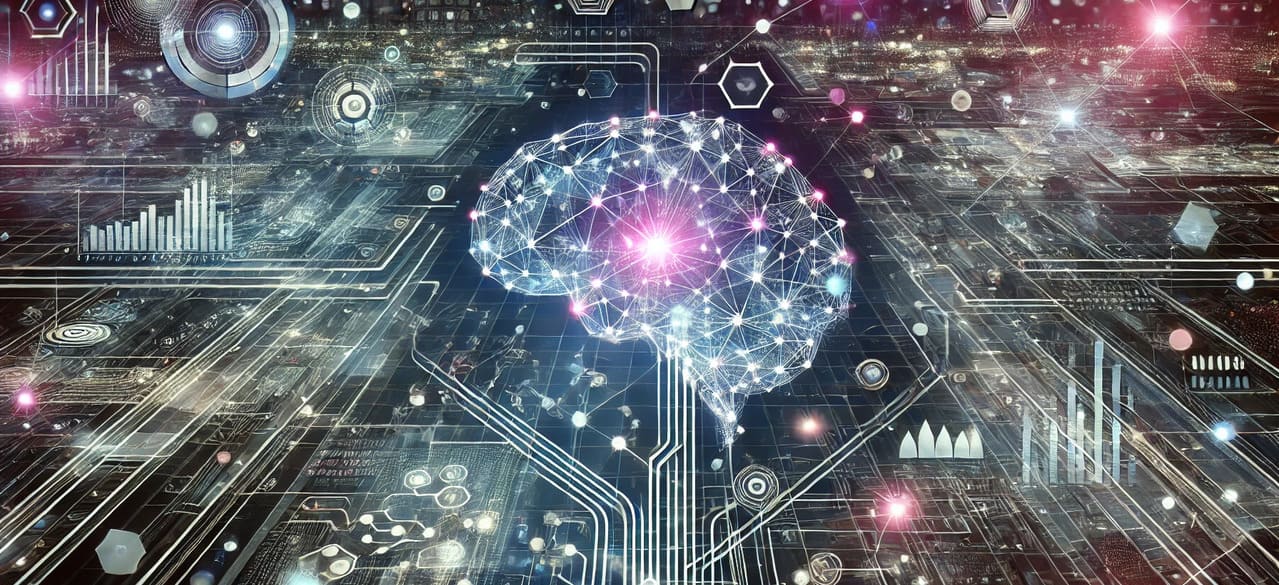Imagine this: You’ve trained an AI model to recognize images of cats and dogs. Suddenly, without any prompting, it starts distinguishing between different breeds or recognizing objects like toys and furniture in the background. You didn’t teach it that—so how did it happen?
Welcome to the fascinating world of emergent behavior in AI. It’s like discovering your new car can fly when you only expected it to drive.
In this post, we’ll break down what emergent behavior is, why it happens, and what it means for the future of artificial intelligence. Let’s dive in!
What is Emergent Behavior?
Emergent behavior occurs when an AI system exhibits capabilities or actions that were not explicitly programmed or intended. It’s when the whole is greater than the sum of its parts. For example, an AI model trained to translate languages might spontaneously develop the ability to understand a new language it was never exposed to during training.
These unexpected behaviors can be both fascinating and alarming. They often reveal underlying complexities in the data and algorithms that are not immediately obvious.
Why Does Emergent Behavior Happen?
Emergent behavior often arises from the following factors:
1. Complex Interactions in Neural Networks
Neural networks consist of numerous interconnected nodes, each contributing to the model’s final decision. These interactions can produce outcomes that go beyond the individual capabilities of the nodes. Imagine thousands of gears turning simultaneously—unexpected patterns are bound to arise!
2. Unsupervised Learning Patterns
In some cases, AI models, especially those trained with unsupervised learning, identify patterns or relationships in data that humans may not notice. This can lead to surprising abilities, such as recognizing nuanced emotional tones in text.
3. Data Artifacts
Sometimes, the training data itself can contain hidden patterns or correlations. For instance, if a dataset used to train an AI for detecting diseases includes metadata like patient age or hospital ID, the AI might learn to use those instead of actual medical symptoms.
Real-World Examples of Emergent Behavior
Emergent behavior isn’t just a theoretical concept; it’s happening in real-world applications:
1. OpenAI’s GPT-3 and Arithmetic Skills
GPT-3, a language model developed by OpenAI, has shown an uncanny ability to solve basic arithmetic problems, despite never being explicitly trained for it. It’s not perfect, but it’s impressive—like asking your toddler to add up grocery prices and they get it almost right!
2. AlphaGo’s Innovative Moves
Google DeepMind’s AlphaGo shocked professional Go players by making moves that were previously considered unconventional. These weren’t random; they were calculated strategies that emerged from millions of simulations and self-play.
3. Self-Driving Cars and Object Recognition
Some autonomous vehicle systems have learned to recognize stop signs even when partially obscured or vandalized. They weren’t explicitly trained on these scenarios but adapted through the massive amounts of varied data they processed.
Why Should You Care About Emergent Behavior?
Emergent behavior can be a double-edged sword. On one hand, it can lead to new capabilities and breakthroughs that propel AI research forward. On the other, it can introduce risks and unpredictable outcomes, especially in safety-critical applications like healthcare or autonomous driving.
Understanding and monitoring emergent behaviors is crucial for ensuring that AI systems remain aligned with human intentions and ethical guidelines.
How to Manage and Monitor Emergent Behavior
Here are some strategies to keep emergent behavior in check:
1. Robust Testing and Validation
Regularly test AI models in a variety of scenarios to identify unexpected behaviors. This can include edge cases and adversarial testing to simulate potential misuse.
2. Transparency and Interpretability
Use techniques like SHAP (SHapley Additive exPlanations) or LIME (Local Interpretable Model-agnostic Explanations) to understand how your model makes decisions. The more you know about what’s happening under the hood, the better!
3. Continuous Monitoring and Feedback Loops
Implement systems that continuously monitor the AI’s behavior in real-world environments. If emergent behavior is detected, analyze and retrain the model as needed to realign it with your goals.
The Future of Emergent Behavior in AI
As AI models become more complex, we can expect to see more emergent behaviors. This could lead to groundbreaking advancements, like discovering new scientific insights or solving problems previously thought unsolvable.
However, it also underscores the importance of developing frameworks and guidelines to ensure that these emergent capabilities are harnessed responsibly. In the hands of skilled practitioners, emergent behavior is less of a wild card and more of an opportunity.
Final Thoughts
Emergent behavior is a natural, albeit surprising, part of AI development. It reveals the vast potential and hidden complexities of the technology, pushing us to think more deeply about how we build, train, and deploy AI systems.
Stay curious, stay vigilant, and keep exploring the fascinating and sometimes unpredictable world of AI.


